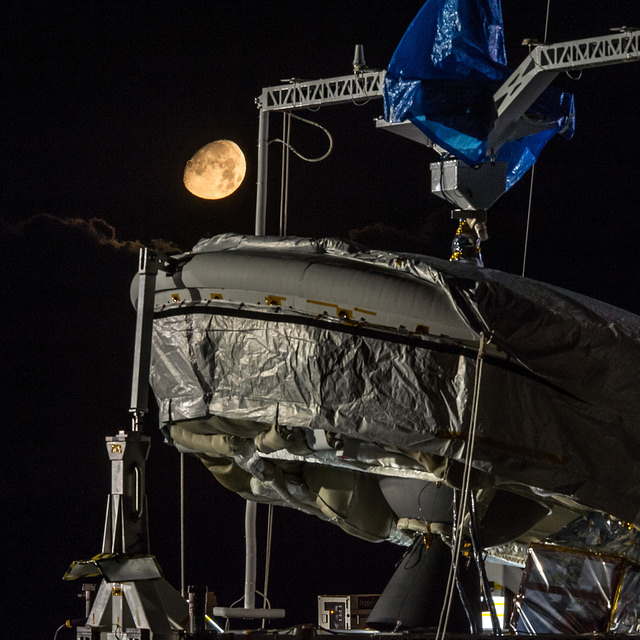Launch is in five days, and NASA’s Low Density Supersonic Decelerator (LDSD) team is preparing for the big day, the second flight test of new technology for landing payloads on Mars.
A dress rehearsal for the LDSD mission was conducted Friday, May 29, and the team is ready for launch between 7:30 a.m. and 9 a.m. HST (1:30 p.m. and 3 p.m. EDT) on June 2, from the Pacific Missile Range Facility on the island of Kauai in Hawaii. Excitement is building here at the range with the completion of the dress rehearsal.

During Friday’s dress rehearsal, the LDSD team went through the countdown and steps required to prepare and launch the balloon and LDSD test vehicle. Practice makes perfect, and the team has rehearsed often the countdown process for a successful flight. Friday’s practice run was the last before Tuesday’s launch.
Weather permitting, a large balloon will carry the LDSD vehicle to a height of approximately 120,000 feet where the test will begin. At this point, “weather permitting” may be the key to launching on Tuesday.
Since a large balloon will carry the LDSD test vehicle, wind speed and direction are critical to launching and flying the balloon to the test altitude. Acceptable winds are needed to launch and carry the balloon with the test vehicle out over the Pacific Ocean west of Kauai.
However, if the launch does not occur on Tuesday, all is not lost. The team has until June 12 to conduct the test. If things don’t pan out during this launch window, the team may have a second opportunity from July 7 through 17.
The decision to attempt launch of the LDSD test will be made the day before each launch opportunity.
Building on prior Viking efforts, the LDSD test program is advancing capabilities and creating the engineering knowledge needed for the next generation of Mars landers.
